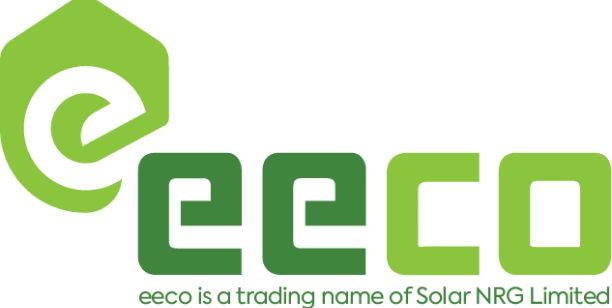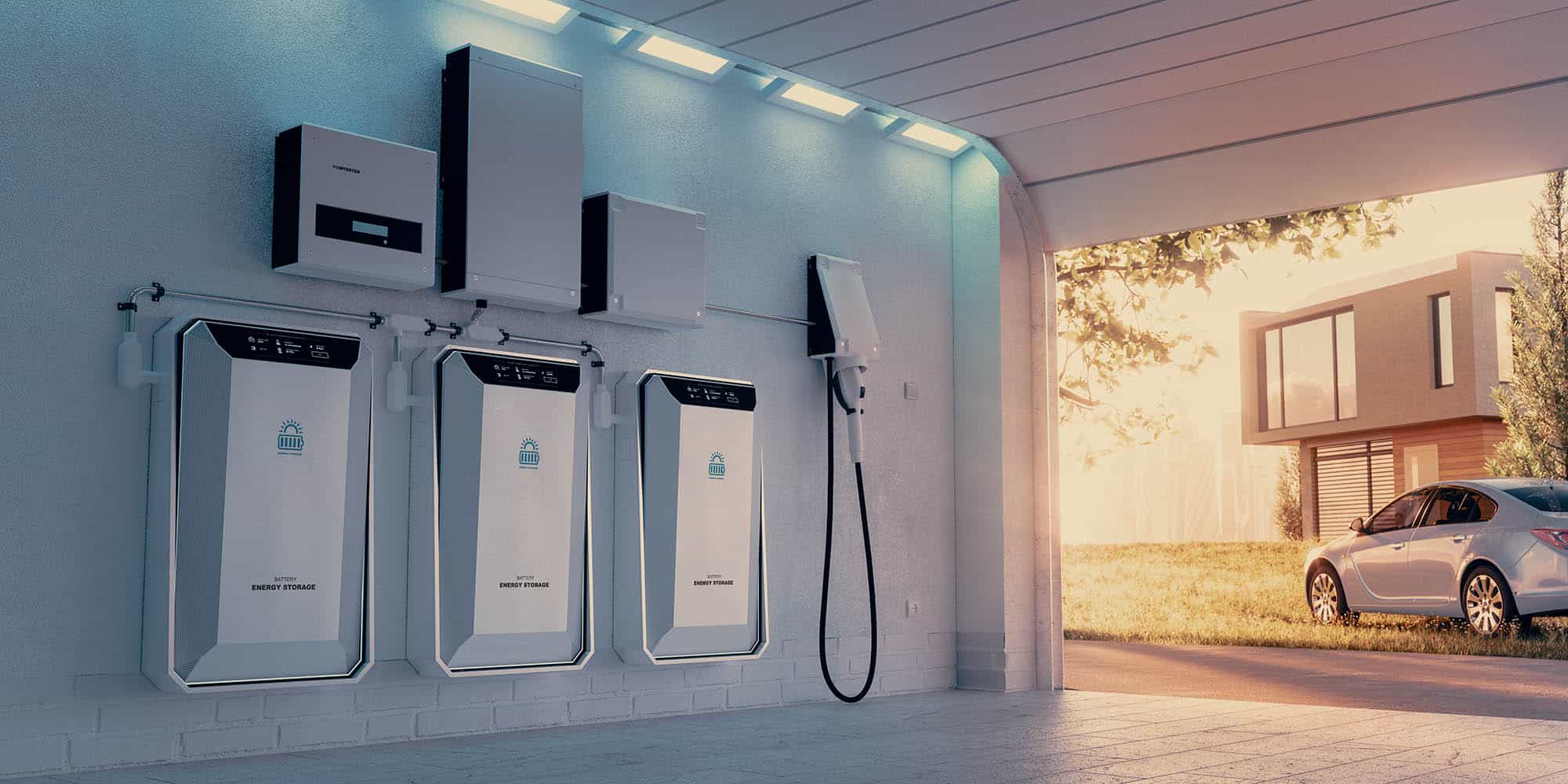Solar panels, a sustainable energy source, are increasingly powering homes, businesses, and communities. Photovoltaic cells create power from sunlight. Solar power converts often worry about panel output. The answer depends on the area’s average temperature, the solar panel’s efficiency, and the sunlight it receives. This article discusses typical solar panel power and performance factors. We’ll also discuss practical considerations for projecting solar panel energy production and how to optimize it.
Solar Panel Basics: Photovoltaic Cells and Energy Conversion
Solar panels generate electricity from PV cells. PV cells absorb photons and emit electrons from silicon and other semiconductors. Photovoltaic cells draw electrons from semiconductor atoms-electrons from cells power devices.
PV cells create a few milliamps, PV panels generate electricity, and Solar panels have 60–72 PV cells. Size, quantity, efficiency, and sunlight affect solar panel production. Solar panels’ maximum wattage output ranges from 100 to several hundred.
Factors Affecting Solar Panel Energy Generation
Solar panels create electricity based on many factors:
Solar panel energy production relies on sunshine availability. Panels in sunny places generate more incredible energy.
- Panel tilt and angle:
Solar panels may also impact energy production. South-facing panels with ideal tilt angles for their latitude provide the most incredible energy. - Temperature:
Solar panels turn sunshine into energy and lose efficiency as they heat up. Solar panels lose electricity at higher temperatures. - Shading:
Trees, buildings, and other structures may block sunlight from solar panels, reducing their energy production. - Age and condition:
Solar panels lose efficiency over time. Damaged or dirty panels diminish energy production. - Inverter efficiency:
Solar panels provide DC power, while most households and businesses need AC. Inverters transform DC power from meetings into AC electricity for devices. Inverter efficiency affects solar panel energy production. - System losses:
Converting sunlight into electricity and sending it to devices might waste energy. Wiring resistance and inverter efficiency might cause these losses.
The Efficiency of Solar Panels How Effective are Solar Panels?
Solar panels turn a certain proportion of sunlight into power. Most solar panels convert 15%–20% of sunshine into energy.
Nevertheless, temperature, shadowing, panel angle, and orientation may reduce solar panel efficiency. High temperatures and shade diminish panel efficiency. Only efficient panels may be facing the right direction or tilted correctly for their latitude.
Solar panel energy production depends on more than just efficiency. How much energy the panel produces depends on its size, capacity, and sunshine.
Recently developed solar panels are more efficient. Modern panels have an efficiency of 22%. High-efficiency panels are more costly and may not be essential for many applications.
It’s crucial to consider cost, size, and compatibility with your installation needs when picking a solar panel.
Energy Production Estimates: How Much Electricity Can a Solar Panel Generate?
Solar panel output varies in size, efficiency, and sunshine. Residential solar panels yield 250-400 watts, but commercial panels may generate several kilowatts.
Use these criteria to estimate solar panel energy production:
Solar panel energy production relies on sunshine availability. Solar panels in sunny places generate more power.
- Size and efficiency: Solar panels with higher efficiency create more power. Larger panels are only sometimes feasible.
- Panel tilt and latitude:
South-facing panels produce the most incredible power. - Temperature:
Solar panels produce less energy at high temperatures. - Shading:
Trees, buildings, and other obstacles may block sunlight from reaching solar panels, reducing energy output.
To estimate a solar panel system’s energy production, compare the home or business’s energy needs to its predicted output. That will assist in assessing the property’s energy needs and panel count. Consider any solar panel installation incentives or rebates.
Energy Production Estimates: How Much Electricity Can a Solar Panel Generate?
Solar panel output depends on size, efficiency, direction, and sunshine.
Solar panels produce electricity in watts (W) or kilowatts (kW) (kW). Under ideal circumstances, a solar panel indicates its maximum power in watts (W). Under full sunshine, a 250 W solar panel can generate 250 watts.
Solar panel energy generation depends on sunshine, orientation, tilt angle, and efficiency. Solar panel efficiency measures how much sunlight it converts into energy. Most solar panels convert 15%–20% of sunshine into power.
Consider the property’s energy demands and the solar panel system’s estimated output to estimate energy production. This formula calculates it:
Energy Production (kWh) = Power Rating (kW) x Hours of Sunlight x System Efficiency
For example, a 5 kW solar panel system with an efficiency rating of 18% located in an area with an average of 5 hours of sunlight per day would generate approximately 27.0 kWh of electricity per day (5 kW x 5 hours x 0.18 = 4.5 kWh per day per panel, multiplied by six panels = 27.0 kWh per day).
The quantity of sunlight a solar panel system gets, its orientation and tilt angle, and any shade or obstacles will affect its energy output.
Fundamental World Considerations: Accounting for Weather and Installation Factors
One must consider real-world elements that impact solar panel energy generation. Weather and installation are considerations.
Weather affects solar panel energy production. Cloudy, gloomy, and rainy days diminish sunlight reaching the panels, reducing energy generation. High temperatures reduce panel efficiency. Estimating solar panel energy output requires considering the region’s projected weather patterns.
- Installation Factors:
Solar panel orientation, tilt, shade, and obstacles affect performance. Solar panels facing the incorrect way produce less electricity. Angling the solar panels in a certain way maximizes energy production. Trees, buildings, and other barriers may also reduce energy generation. To install solar panels in the best place, do a complete site investigation.
Solar industry technical approaches adjust for weather and installation factors:- Site Analysis:
Site analysis determines solar panel placement by assessing sun exposure, shade, and impediments. This research helps place solar panels for maximum energy output. - Performance modeling:
Estimating the energy output of a solar panel system involves using site analysis, panel specifications, and projected weather patterns. That improves system energy output estimates. - Real-Time Monitoring:
Monitoring the solar panel system’s energy output in real-time allows for modifications depending on weather and performance. This data may help uncover system faults that are affecting performance. While evaluating solar panel energy output, one must consider weather and installation considerations. Site analysis, performance modeling, and real-time monitoring may assist in installing solar panel systems in the best position and at maximum capacity.
- Site Analysis:
Increasing Solar Panel Energy Generation: Upgrades and System Expansion
Solar panel systems are upgraded and expanded using numerous technological methods to generate more electricity and operate better. Installing extra panels is one of the easiest methods to boost solar panel energy output. Improving solar panel technology and adding energy storage can improve energy output and efficiency. Power from solar panels is converted from direct current (DC) to alternating current (AC) via an inverter—passion for homes and businesses. Tracking systems can track the sun and adjust solar panels.
Optimizing system design maximizes energy output, and site analysis and performance modeling help determine the best solar panel design. Solar panel energy production can be increased by adding additional panels, updating panel technology, energy storage, inverter technology, tracking devices, and optimizing system architecture.
Solar panel systems provide clean, renewable energy that may minimize fossil fuel use. Solar panels create power based on sunshine, panel efficiency, and system design and installation. Adding additional panels, updating panel technology, energy storage, inverter technology, tracking systems, and system architecture may maximize solar panel energy production. Solar panel systems need regular monitoring and maintenance to work well and generate electricity. Technology and demand for renewable energy will make solar panel systems more efficient and cost-effective.


